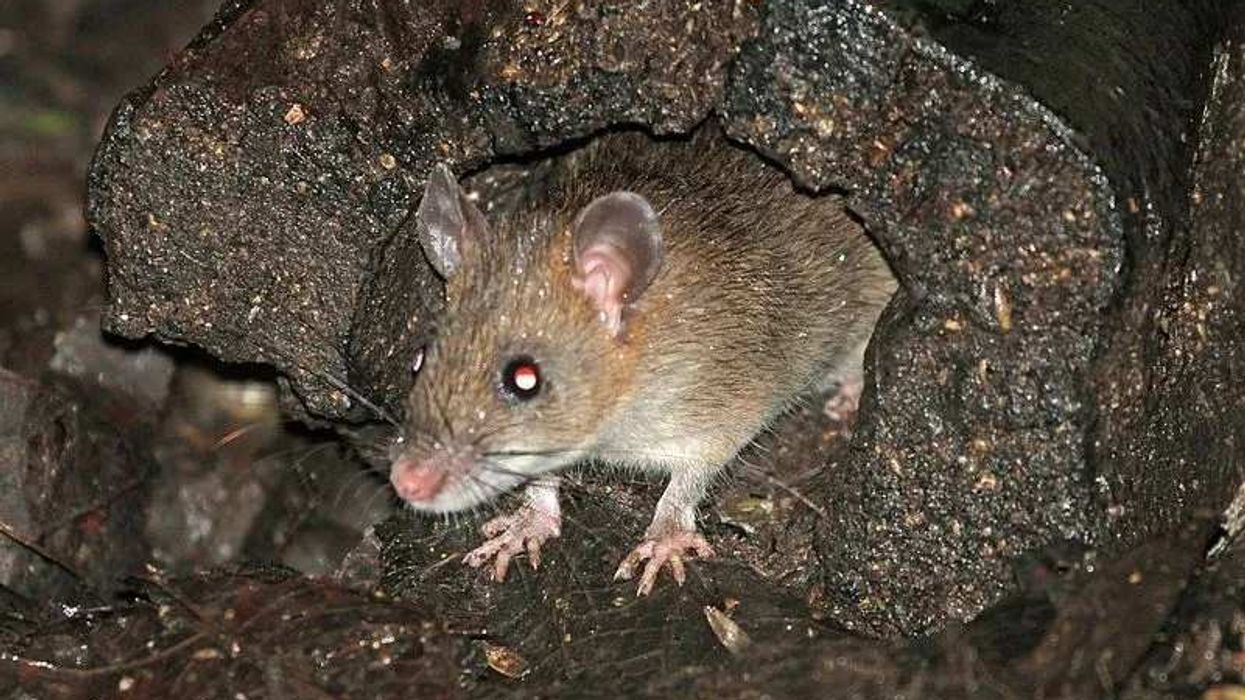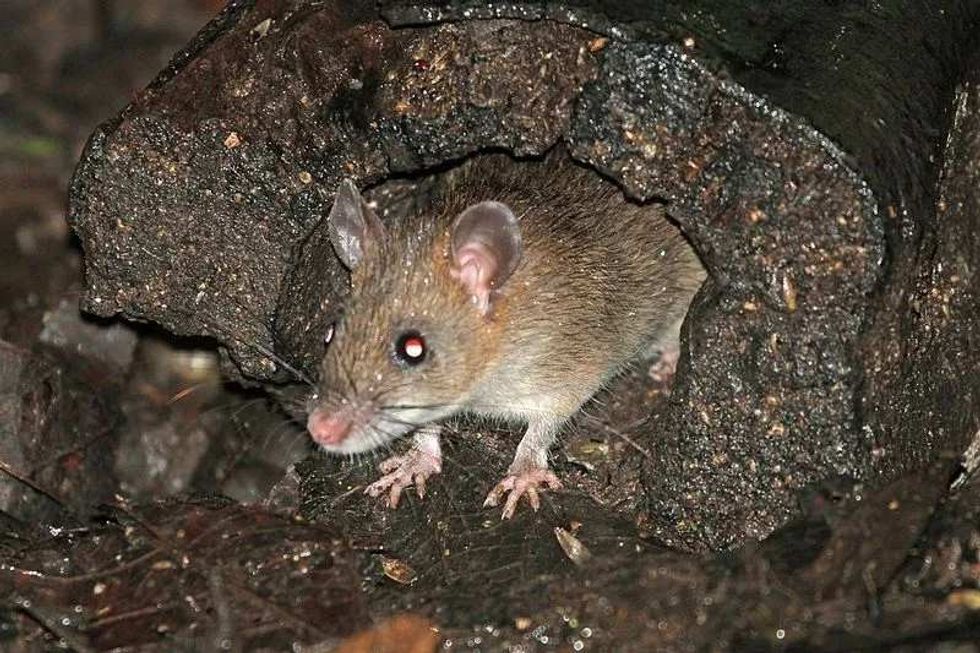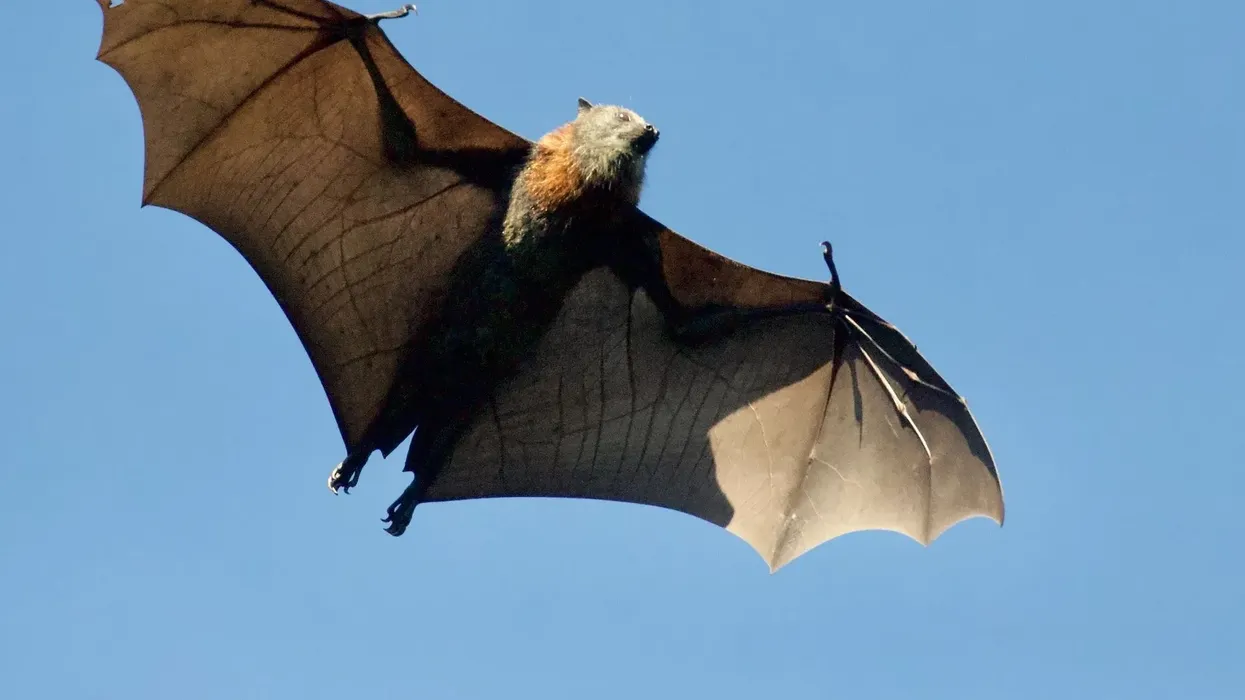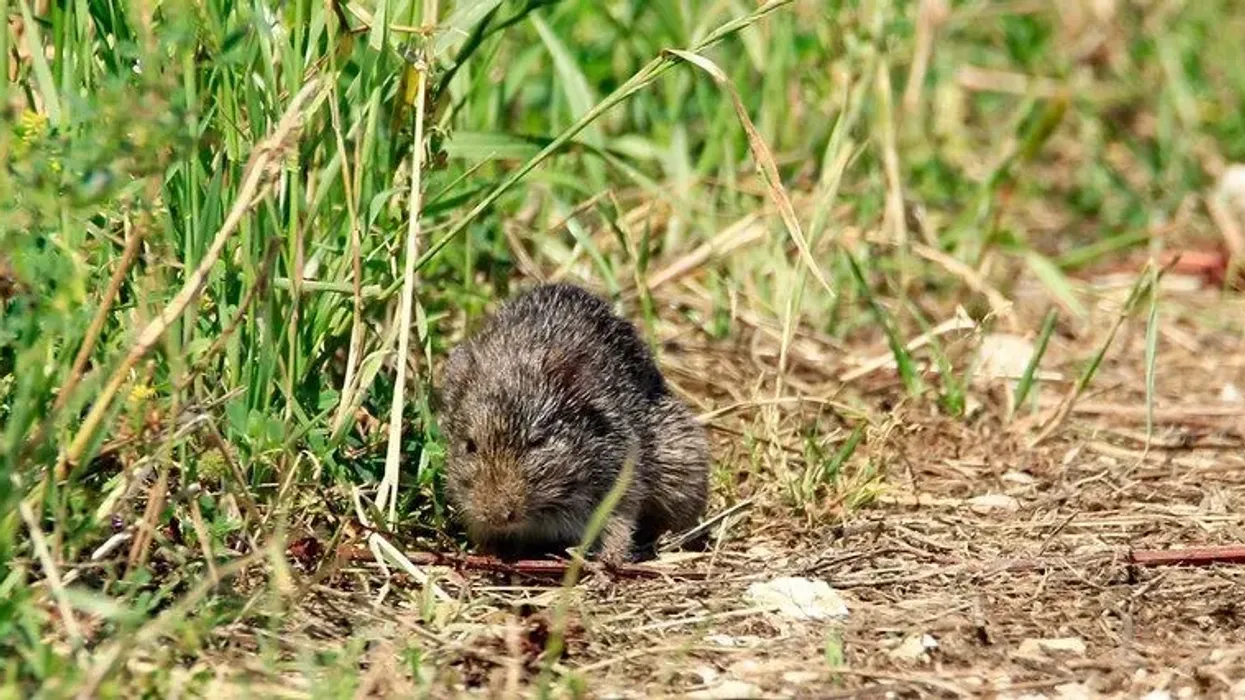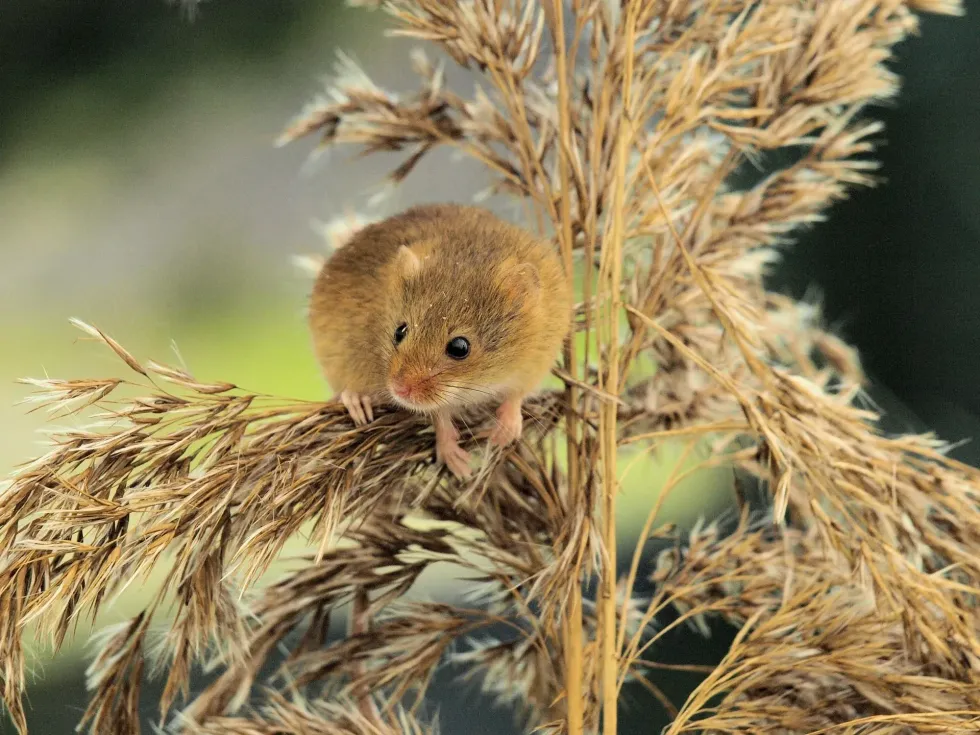The eastern woodrat (scientific name: Neotoma floridana) is a pack rat endemic to the central and eastern American regions. There are currently eight subspecies of the eastern woodrat.
It builds huge dens that can be used as nests for several generations and stores food for the winter in outlying caches. While it used to be widespread, its population has declined or vanished in many places.
Eastern wood rats are mainly nocturnal animals, but they may venture out on cloudy days. Like the rest of the species, the eastern woodrat feeds on a variety of nuts, seeds, mushrooms, buds, stems, roots, foliage, and fruits.
Although the nest of the eastern woodrat is usually located on the ground, it is a strong climber and enjoys foraging above ground. Every day, eastern woodrats consume about 5% of their body weight in dry mass.
If you enjoy this article on the eastern woodrat, do also check out our other interesting facts on the woodrat or the black rat.
Eastern Woodrat Interesting Facts
What type of animal is an eastern woodrat?
The eastern woodrat (Neotoma floridana), also known as the bush rat, belongs to the mammals class and the Cricetidae family of rodents.
What class of animal does an eastern woodrat belong to?
The eastern woodrat (Neotoma floridana) or also known as the Florida woodrat, is a species of woodrats; belonging to the genus of Neotoma and is a part of the class of Mammalia.
How many eastern woodrats are there in the world?
This widespread species of woodrats (Neotoma floridana) has been on a population decline, but no census is available on their population.
Where does an eastern woodrat live?
Eastern woodrats are a forest species native to the eastern United States, but it has also been found in the grasslands of the Midwestern regions and along the coasts of the Southeast.
The species has been found from woodlands, marshes and trees and bushes, and empty buildings, with a wide range of habitat preferences for the recognized geographic subspecies.
Stone bluffs, upland trees, swamps, dried scrub pine, grasslands, empty houses, swamps, and garbage dumps are a good range of places to look for the nests of these woodrats. You can find this rodent with long-tail from Carolina and Tennessee to the southern Appalachian mountains.
These woodrats have recently been discovered in Florida around willow trees and thus the scientific name Neotoma floridana.
What is an eastern woodrat's habitat?
The habitat of an eastern woodrat has a wide distribution range in its native southeastern and mid-western United States. They can easily be found all the way down to the Tennessee River in Central Florida county.
The eastern woodrat can be found in the woodlands situated east. It runs west from the Appalachian mountains to southwestern Nebraska county. Their distribution in the wildlife has been discovered as far east as coasts of North Carolina county and range to the western regions such as Colorado county.
Who do eastern woodrats live with?
The eastern woodrat is an aggressive species. Other than mating, the species rarely gets along with its fellow members.
How do they reproduce?
Eastern woodrats are violent species, and the younger woodrats will often be chased and fought by older woodrats. The breeding season for this animal is the only time males, and females of the species become sociable.
Females begin breeding as early as five months of age. Eastern wood rats' breeding season is determined mainly by the weather. Eastern woodrats in higher latitudes (e.g.
Tennessee and Carolina) breed from early spring to mid-fall, while those in colder southern climates (e.g. Appalachian mountains and Georgia in the south) can reproduce throughout the year. The gestation period ranges between 31-36 days.
The female in each litter produces one to six pups during the gestation period, and the female can become pregnant again after a week. Thus, females can have up to three litters a year, two being the average litter size.
What is their conservation status?
With the exception of the status of Key Largo woodrat, the IUCN has listed most subspecies of the eastern woodrat endangered status to be of Least Concern. Despite the fact that the species does not seem to be prolific, it is nevertheless widespread and common, and its conservation status is under no major threat.
Eastern Woodrat Fun Facts
What do eastern woodrats look like?
The short, stocky body of the eastern woodrat is distinguished in the wildlife by its unusually long tail and naked ears. The Neotoma floridana is a medium-sized rodent that measures 13.3-16.9 in (34-43 cm) in length and weighs 0.4-0.7 lb (213-331 g).
The tail is extraordinarily long and measures somewhere between 5.9-7.8 in (15-19.8 cm) with a compact and stocky body.
The eyes are wide, dark, and bulging in appearance. They have long fur that is brown-gray on the back.
The abdomen and feet are smooth, and the fur is darker dorsally. The tail is bicolored, with a dark brown top and a white bottom. The young woodrats' ears are folded, and their eyes are closed at birth.
How do they communicate?
The eastern woodrat only squeals during combat or when they are critically wounded. Grinding teeth or thumping the hind feet are commonly observed habits due to rage and anxiety.
How big is an eastern woodrat?
The eastern woodrat is a medium-sized rodent that measures 13.39-16.93 in (34-43 cm) length. This is about three times smaller than the world's largest rodent, the capybara.
How fast can an eastern woodrat run?
The eastern woodrat species, like the other rodent species, are a very fast species and are great climbers. Regardless, the speed of this species has never been calculated.
How much does an eastern woodrat weigh?
Eastern woodrat size is small, and the weight ranges from 0.47-0.73 lb (213-331 g).
What are the male and female names of the species?
The males of the species are called bucks, while the females of the species are called dams.
What would you call a baby eastern woodrat?
A young eastern woodrat is referred to as kittens or pups.
What do they eat?
The eastern woodrat diet consists of a wide variety of apples, berries, mushrooms, ferns, and seeds, in addition to green plants. The foraging and caching habits of eastern woodrats are well-known. Plants, fruits, tubers, barks, stems, seeds, and leaves are stored in their huge limestone caves for their winter diet.
Are they dangerous?
The bite of the eastern woodrat can cause diseases like rabies. Eastern woodrat behavior is not very aggressive towards humans, but if they make way inside the house can be dangerous to forage the food products.
Would they make a good pet?
No, the eastern woodrat does not make for a good pet due to the nature of their being.
Did you know...
Because of their habit of gathering shiny items such as bottle caps, coins, nails, and keys and taking them back to their nests, woodrats are commonly called pack rats.
The north-eastern woodrat does not hibernate, but they do spend a lot of time in their nest.
How do eastern woodrats stay away from predators?
Eastern woodrat predators are very common because of the small size of these rodents. Great horned owls, rattlesnakes, raccoons, hawks are amongst some of the primary predators. The eastern woodrat tries to escape predators by being vigilant at night and hiding in their big nests during the day. This makes trapping eastern woodrat much difficult.
What is the difference between an eastern woodrat and an Allegheny woodrat?
Eastern woodrats are significantly smaller than the Allegheny woodrats. The Allegheny woodrat (Neotoma magister) is a Neotoma genus pack rat that was once thought to be a subspecies of the eastern woodrat (Neotoma floridana). Allegheny woodrats are almost identical to eastern woodrats, except for the inclusion of the unique skull structure maxillo vomerine notch in Allegheny woodrats.
Here at Kidadl, we have carefully created lots of interesting family-friendly animal facts for everyone to discover! For more relatable content, check out these gopher facts and eastern harvest mouse facts for kids.
You can even occupy yourself at home by coloring in one of our free printable Eastern woodrat coloring pages.

